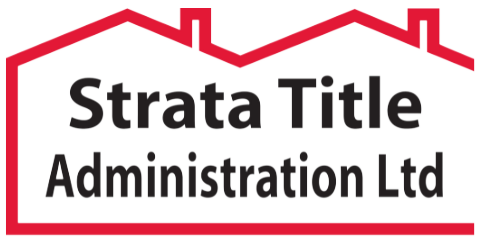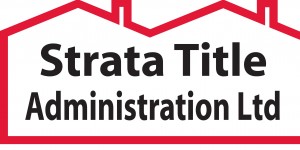Accessory Unit
An area of land or a building designed for private ownership in conjunction with a principal unit – for example, a garden, garage, car parking space, or a storage space.
Body Corporate
A separate legal entity – somewhat similar to a company – that consists of the owners of all the units. Your Body Corporate was created when the plan subdividing your land into unit titles was deposited in the Land Registry. Each Body Corporate has its own unique number.
Committee
A Committee of owners may be appointed by the Body Corporate at an Annual General Meeting. The Committee’s role is to exercise the powers and duties of the Body Corporate, if delegated the authority to do so by the Body Corporate.
Common Property
The Body Corporate owns and maintains common property, which is defined as being any part of the building, or land not comprised in any principal or accessory unit. This includes the land above your principal unit (i.e. airspace) and is the reason why a tall TV aerial cannot be attached to your unit without the Body Corporate’s permission(because the aerial may encroach on the common property).
Informal Owners Committee / Working Group
While the Unit Titles Act makes provision for a committee of owners of units, a Body Corporate may resolve that a committee should not be appointed.
Long-Term Maintenance Fund
A reserve of money that the Body Corporate is obliged to have, to fund the Long-Term Maintenance Plan – unless it resolves by special resolution that it shall not have a Long-Term Maintenance Fund.
Long-Term Maintenance Plan
Ownership Interest
The relative value of each unit in relation to each of the other units, as defined on the unit plan.
For example, if there are 100 units with a total Ownership Interest of 10,000, and one has an Ownership Interest of 120, it has been assessed by a registered valuer as being worth 1.2% of the total value of the Body Corporate. That means its owner pays 1.2% of the Body Corporate’s outgoings.
The Ownership Interest is fixed as at the date of deposit of the unit plan. So unlike a property’s market value which can appreciate or depreciate over time, the Ownership Interest does not change during the building’s lifetime unless the Body Corporate resolves to change it by Special Resolution.
You can read more about Ownership Interest in the Unit Titles Act.
Owner
The registered owner of a principal unit and any associated accessory units within the Body Corporate.
Principal Unit
One of the main units designed for use as a place of residence or business (e.g. offices or factories) or for any other use.
Rules
The rules in relation to any Body Corporate means the rules applicable to that Body Corporate, as registered under the Unit Titles Act 2010. Any changes to the rules of a Body Corporate must be resolved at a General Meeting and registered on the supplementary record sheet.
Sinking Fund
A sinking fund is one set up by the Body Corporate to provide for the long-term maintenance of the common property.
Supplementary Record Sheet
Otherwise known as an SRS, this is a document referred to on the face of a Body Corporate’s unit plan. It records information such as any notice of change of rules, any easements or other instruments which affect the common property, and all other matters that, under the provisions of the Unit Titles Act 2010, must be noted.
Unit Boundaries
A unit is a three-dimensional space which contains a dwelling or factory or, in the case of an accessory unit, a car park or garden. The boundaries to each unit are shown on the unit plan. Unless otherwise stated on that plan, the boundaries between units (or between a unit and the common property) are the midpoints of the walls, ceilings or floors, and the centre of the roof. Thus, the external skin of the building, which is usually defined as common property, is maintained by the Body Corporate.
Unit Plan
The unit plan is the basis of a unit title and includes:
- The address and legal description of the land on which the units are situated
- All principal and accessory units
- Delineation of the boundaries of each unit
- A schedule of Ownership Interests
- The date the unit plan was deposited

